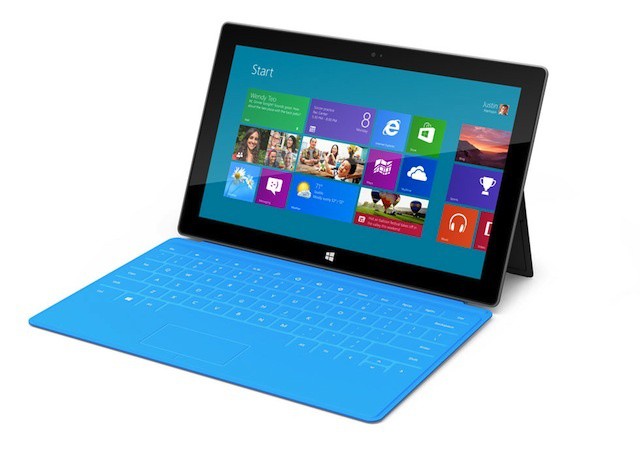Microsoft’s announcement of its new Surface tablets got the entire tech industry’s attention yesterday. The announcement was big on drama but not so big on details. Despite showing off the new Surface devices and using them to build hype for Windows RT and Windows 8, Microsoft left out some key points of information like pricing and a clear understanding of how the devices will fit into mobile tech market.
The announcement also left many technology pros scratching their heads in confusion about Microsoft’s decision to own the entire computing process in the way that Apple does – from hardware to OS, to the app market. Another head scratcher, particularly for CIOs and IT leaders, is how or where Surface devices will fit into businesses.
Owning the entire device and ecosystem is a business model that has been incredibly successful and lucrative for Apple. While Microsoft may be attempting to replicate Apple’s approach, it’s by no means a foregone conclusion that the company can do so. Apple has a much larger chain of retail outlets, it doesn’t compete with devices running iOS (or OS X) created by other companies, and Apple built its iOS juggernaut slowly one layer at a time over the past decade, beginning with its digital hub strategy and the iPod.
The competition with longtime OEM partners is easily the most shocking thing about the Surface devices. As analysts Richard Edwards and Jan Dawson from research firm Ovum point out, this could be a serious sign that Microsoft isn’t satisfied with the work of its hardware partners with respect to Windows RT/8, or even longer term relationships.
On the hardware front, bringing out its own device ahead of the Windows 8 launch could imply that Microsoft is not happy with devices being built by its OEM partners or that it’s not satisfied with only taking a licence fee from selling Windows-based tablets. Either way, the move is a vote of no confidence in these partners, who should rightly feel slighted…or challenged. Rarely is it a good idea for an OS owner to start competing with its OEM partners, but Microsoft is clearly taking a page out of the Apple playbook by bringing Surface to market.
That brings us to an important point. Surface tablets are essentially nothing more than one more Windows RT device and another tablet PC running Windows 8. They simply happen to be designed and built by Microsoft. Microsoft has been pretty strict with the requirements for Windows RT tablets, which are designed to compete with the iPad. As a result, it’s likely that Surface for Windows RT won’t be significantly different from Windows RT tablets made by any other company.
That brings up another big question – who is the customer Microsoft is targeting with Surface?
Given the limited distribution channel, it seems that Microsoft is going after the consumer market (or a subset of it) and may be using Surface devices to generated interest in Windows RT and Windows 8. Based on that and the overall feel of the media campaign, it seems unlikely that Surface devices will be aimed at the enterprise market (at least initially). Having said that, they should still integrate into businesses with the same set of options and challenges as other Windows RT tablets and Windows 8 systems.
Ironically, targeting the enterprise market instead could be a better strategy, particularly for Windows RT. Microsoft might be able to develop a better case for Windows RT tablets as business devices if it markets directly IT departments. Most IT professionals are hesitant about Windows RT because it eschews existing device/PC management options. Directly appealing to longtime Windows systems administrators and engineers could keep some of them focused on Microsoft solutions rather than looking at more established and popular options, most notably the iPad.
All in all, Microsoft seems to be trying to use pages from Apple’s playbook with Surface, but isn’t quite managing to do so effectively. As a result, the company is creating more confusion around its immediate plans for Windows RT and Windows 8 as well as its long term goals.
Source: Microsoft
Via: Ovum
Image: Microsoft


